So, People Are Slathering Their Faces In Beef Tallow Now?
What you need to know about the buzzy, "natural" skincare trend.


I'll be honest: I've found some life-changing beauty tips on TikTok. Bag Balm, a moisturizer originally used to soothe chapped cow udders, has become my go-to for dry cuticles, and sock curls, a heatless styling trick for long-lasting waves, have replaced my need for hot tools. The latest buzzy trend to take over the platform involves putting beef tallow—an animal fat byproduct—all over your face and neck. And while my years as a beauty editor have certainly exposed me to some unusual products before, using beef tallow for skin wasn't on my 2024 beauty bucket list.
Still, more than 17,000 TikTok creators are singing beef tallow’s anti-inflammatory, collagen-boosting praises. A scroll through my BeautyTok FYP the past few days makes me think Big Beef Tallow is coming for Sephora. Creators claim beef tallow is a “three-day cure” for acne. Video after video shows dry, cracked, pimple-ridden skin transforming into a crystal clear, bouncy complexion. It’s becoming a movement deserving of a Ballerina-Farm-meets-Nara-Smith-type ambassador.
@tash.tyson ♬ Im In Love Im Obsessed Rihanna x Casa Di Remix - CasaDi
@thrivewithcandice ♬ good days - sxngsa
What intrigues me is that the movement transcends the raw milk crowd. A few aestheticians, a handful of dermatologists, and even Marie Claire’s own editor-in-chief, Nikki Ogunnaike, are in on the beef tallow trend, endorsing products that are ethically sourced and padded with good-for-your-skin ingredients like sunflower oil, tomato extract, and rosemary extract. As she reveals, “I’ve been using the Sky High Farms beef tallow as a hand and foot cream, especially during Milan Fashion Week when I was very dehydrated from air travel and, overall, not drinking enough water and too much wine. It moisturizes like my favorite Eucerine Intensive Repair Lotion does—I love it."
Take a step back and I can see why beef tallow amassed a cult following. “Tallow is rich in omega fatty acids, so it can help support the skin barrier and moisturize and nourish the skin, which is why it can be helpful for those with dry skin,” says board-certified dermatologist Marisa Garshick, MD FAAD. Linoleic acid is also in the mix, allowing the naturally derived substance to reduce skin inflammation.
The cause for pause, notes board-certified dermatologist Robert Finney, MD FAAD and founder of Soho Skin and Hair, is that beef tallow is unregulated and not FDA-approved. It can be harvested from factory-farmed cattle and is prone to bacteria, which can cause more serious skin issues down the line. “The trend’s creator should be put in social media time out for a little bit. Natural is not always better,” he says. “If your skin is dry, do yourself a favor—avoid the local butcher shop and head to Target and get La Roche Posay Lipikar AP+M.”
@exploringholistically Beef tallow and honey moisturizer…. Isn’t for everyone, and that’s okay😊 I really wanted to love it especially since I was okay on day 1 and day 2, but by day 3 I noticed my face starting to itch and on day 4 I had tons of bumps. This is 5 days after initially starting the beef tallow and honey and one full day of not using it. Unfortunately I just have to let my allergic reaction run its course. I do know of 3-4 products I can use without any reaction the only issue with them long term is that they’re not very hydrating (hence why I continue to experiment, my skin is very dehydrated). It’s a journey for a reason and I’m experimenting with skincare that works for me, hopefully I’m one step closer to finding skincare that works for me😇
♬ heatwaves x diet pepsi by addison rae - addison rae invented music
On that note, read ahead to get the full breakdown on the beef tallow trend before buying into the buzzy hype. Here, two board-certified dermatologists discuss the possible benefits (we need so much more research), risks, and myths surrounding beef tallow for skin.
What Is Beef Tallow?
Ask your grandparents about beef tallow, and they’ll probably tell you it's the secret ingredient to their savory roasts. According to the Mayo Clinic, beef tallow is made by removing, simmering, and clarifying the fatty tissue around cow organs. It ends up being a solid texture—Ogunnaike likens it to organic shea butter—that can season cast iron pans, harden into candles or waxes, and if TikTok has anything to say about it, make its way onto your face.
Stay In The Know
Get exclusive access to fashion and beauty trends, hot-off-the-press celebrity news, and more.
Does Beef Tallow Have Skin Benefits?
Beef tallow is rich in fatty acids, lipids, and vitamins, which makes it inherently moisturizing. It also contains linoleic acid, which adds an anti-inflammatory benefit. “This is why it may be considered for those with eczema or psoriasis, although it has not actually been tested in these patients,” says Dr. Garshick.
As a general rule, only use dermatologist-tested, FDA-approved products on your face. But if you really want to use beef tallow, it's a safer bet to use it on thicker skin like your heels or elbows. (Personally, I’ll stick to tried-and-true Vaseline.)
Is Beef Tallow Good for Acne?
The simple answer: no. Despite viral videos making beef tallow look like an acne cure-all, dermatologists agree that beef tallow is incredibly occlusive. “It’s likely going to clog your pores and contribute to breakouts,” says Dr. Finney. Instead, reach for a lightweight, oil-free moisturizer that’s non-comedogenic. Your skin will thank you.
Is It Safe to Put Beef Tallow on Your Face?
While beef tallow might offer some of the same hydrating and skin-nourishing benefits as a traditional lipid-rich moisturizer, its safety and efficacy are not well-studied. Because beef tallow is unregulated by the FDA and prides itself on being a “pure” and “natural” alternative, it’s preservative-free. “There’s an added risk of contaminants that can cause infection,” says Dr. Finney. “Even if it’s pure, it can spoil easily and cause an infection later.” Pay extra attention to a change in color, texture, or smell.
There’s also an ethical dilemma to consider. If you choose to go full steam ahead with animal fat on your face, do your research. Some options, like Ogunnaike’s favorite from Sky High Farms, are transparent about being derived from 100 percent grass-fed beef tallow on farms promoting animal wellbeing. Others, like products on Amazon or TikTok shop, may be harvested from cattle farms promoting animal cruelty.
With that mind, scroll ahead to shop some my favorite collagen-boosting, anti-inflammatory moisturizers that are FDA-approved, equally as affordable as beef tallow, and safe for your skin.
Beef Tallow Alternatives to Shop
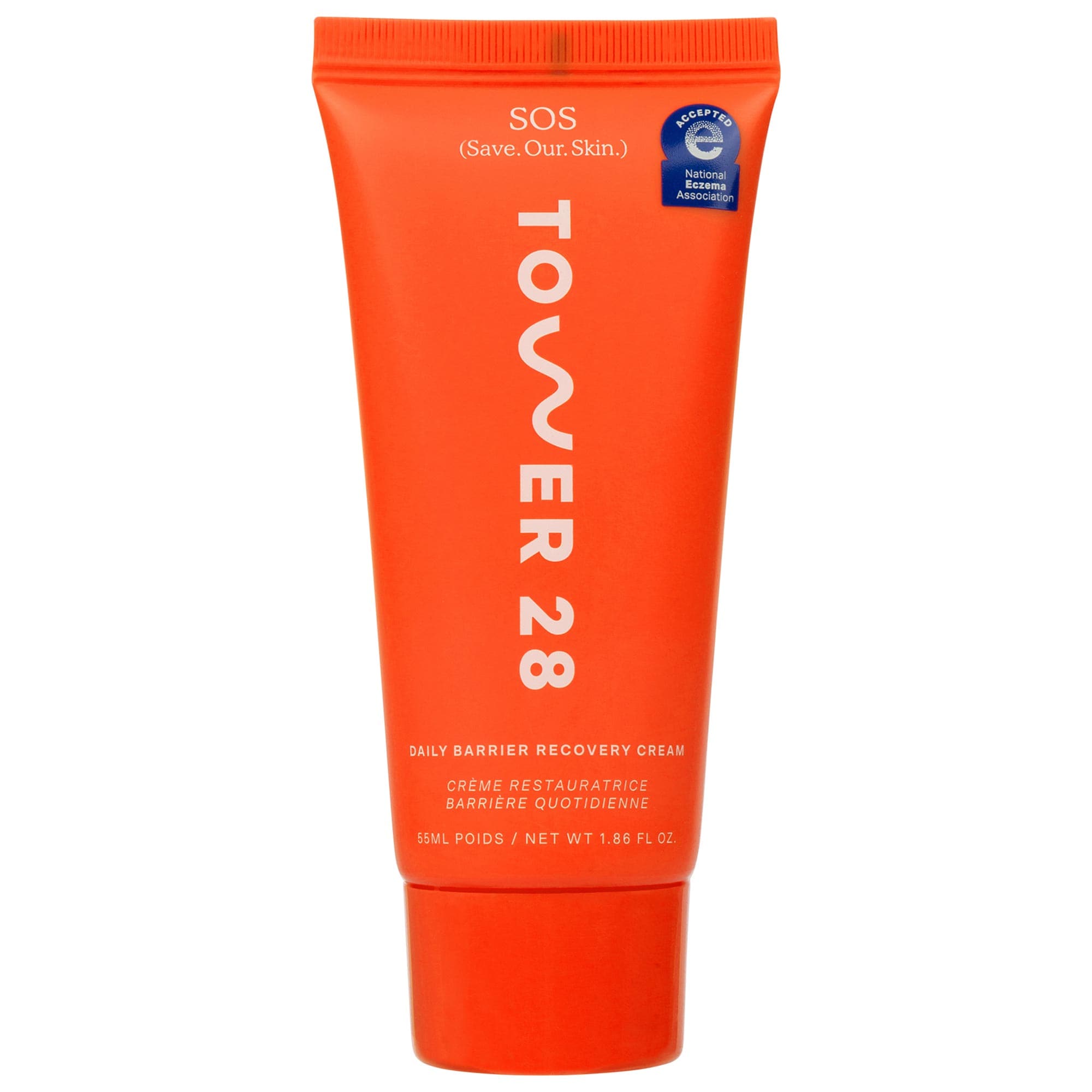
Fuss-free and approved by the National Eczema Association, this lightweight moisturizer is ideal for redness-prone skin.
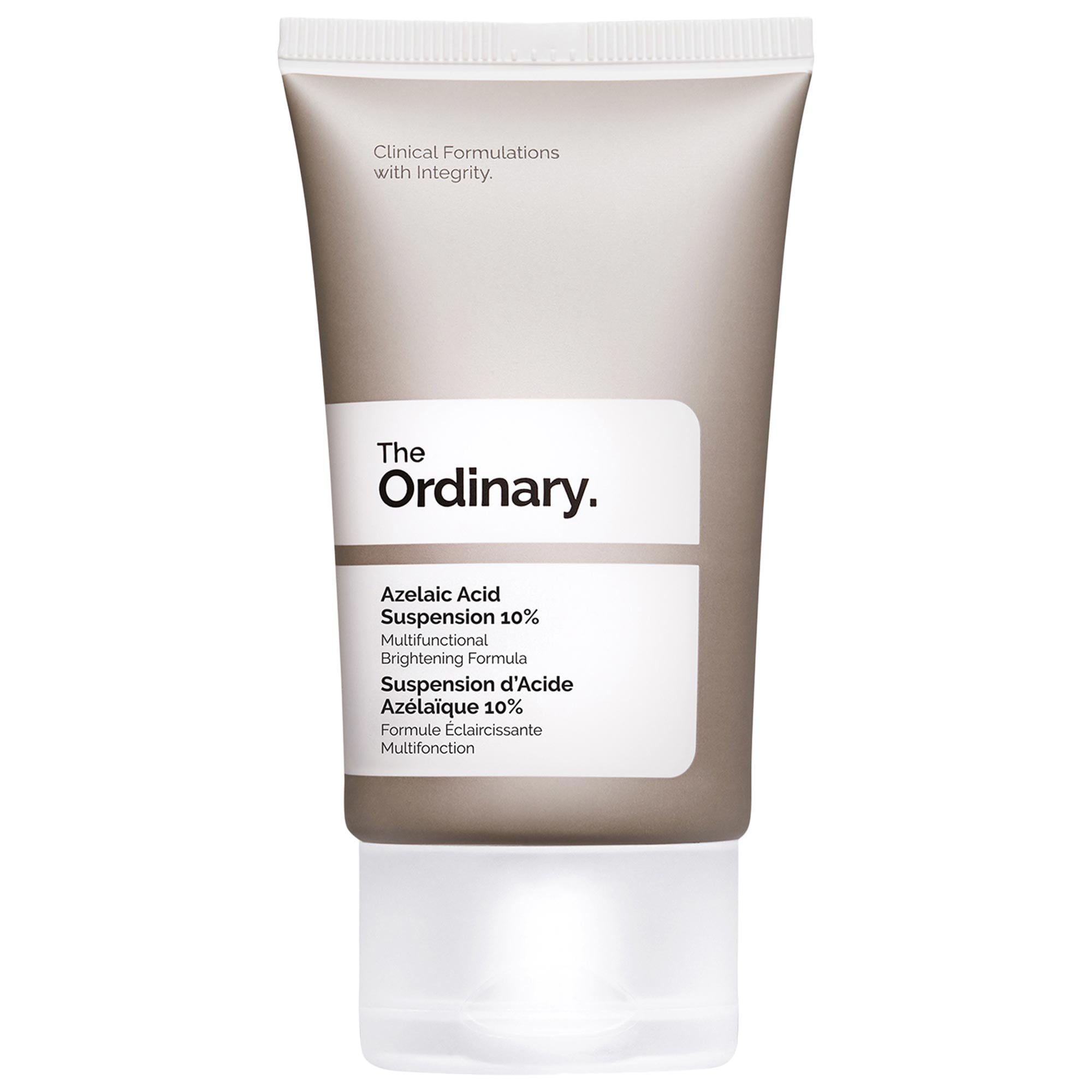
Calm irritation and acne with azelaic acid, an unsung hero for brightening and antioxidant support. Plus, unlike beef tallow, this is vegan.

For a K-Beauty moisturizer that tightens pores in days and is refillable, look no further than this Glow Recipe lotion. Plus, it smells refreshingly like watermelon.
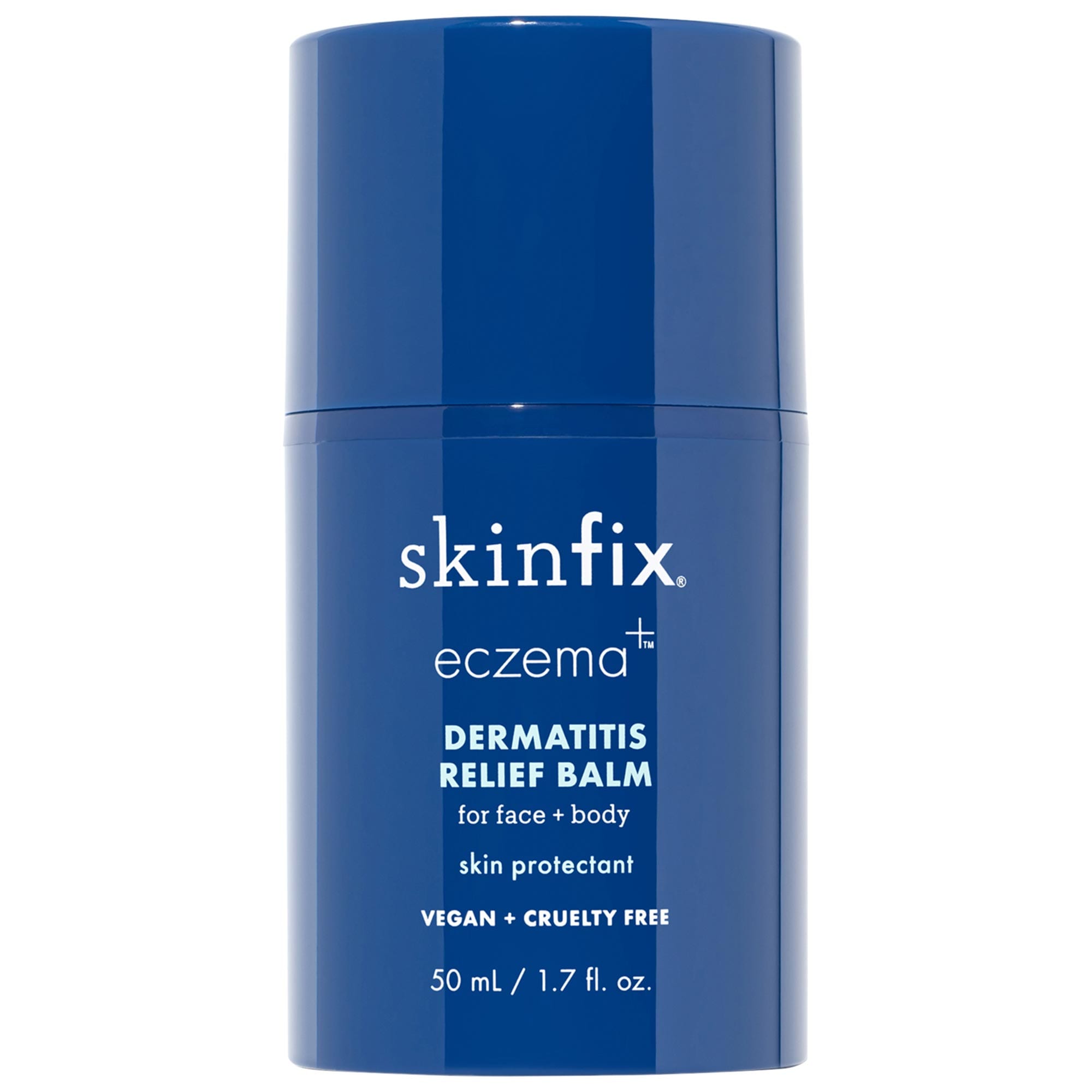
A do-it-all, this Skinfix moisturizer can be used on your face, arms, elbows, and the heels of your feet. It's thick and creamy too, so you'll experience that extra-nourishing feel.
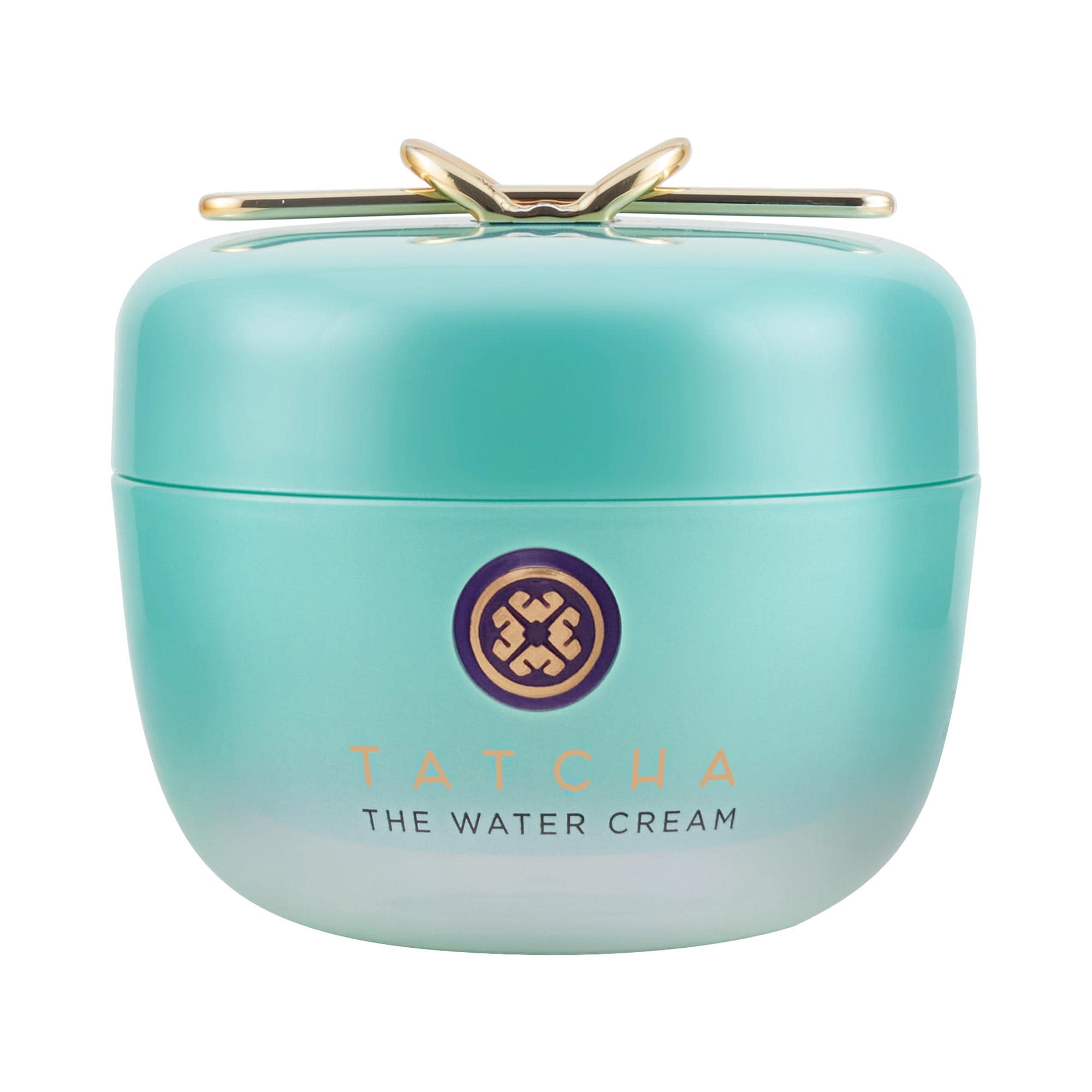
Tatcha The Water Cream is a bit pricier, but with Meghan Markle's stamp of approval (she's a big fan of the brand) I promise you won't regret adding it to your cart.
Meet the Dermatologists
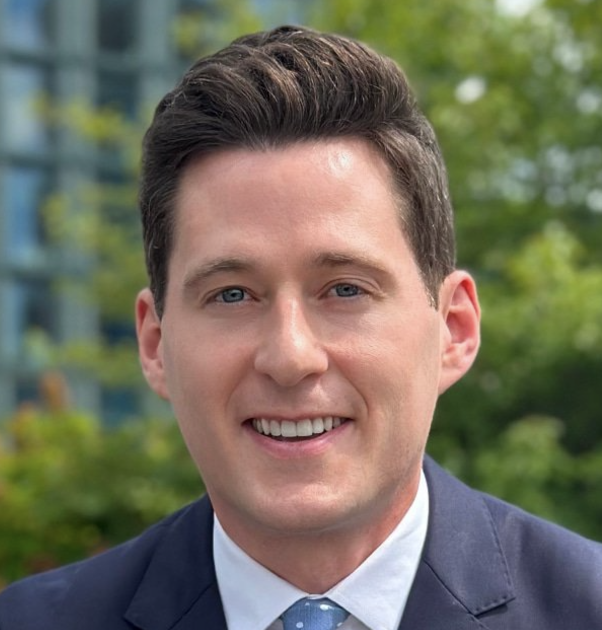
Robert Finney, M.D., a Board-Certified Dermatologist, Fellowship-Trained in Hair Restoration and Aesthetics. Originally from Pittsburgh, PA, Dr. Finney completed his undergraduate and medical degrees at Pennsylvania State University. He completed his internship and dermatology residency at Thomas Jefferson University Hospital in Philadelphia, PA where he served as chief resident during his final year. Following his residency, he completed an advanced fellowship in aesthetics, hair restoration, and skin surgery with renowned hair surgeon Dr. Marc Avram in New York City.Dr. Finney approaches aesthetics holistically, taking into account not only patients' current concerns, but also planning for the future. He takes pride in establishing longitudinal relationships, educating his patients on the 3D-nature of aging, and ultimately ensuring a future of aging gracefully. His goal is to ensure that his patients look refreshed, never “done”.As a hair expert, Dr. Finney continues to push the standard of care, and innovates to create cutting edge, individualized treatment plans. He has been treating his own genetic hair loss since his mid-20s; therefore, he is truly able to view each treatment through the lens of the patient and provider. This is what led him to create his ScalpStim Pro treatments: efficacious, customized treatments for his patients.
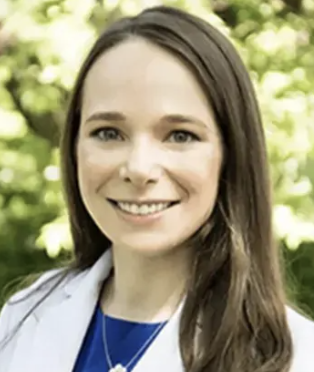
Marisa Garshick, MD, FAAD is a leading board-certified dermatologist serving patients throughout Manhattan, New York and Englewood, NJ at MDCS Dermatology: Medical Dermatology & Cosmetic Surgery, as well as an assistant clinical professor of dermatology at Cornell - New York Presbyterian Medical Center. Dr. Garshick provides a wide variety of cosmetic and medical procedures and services including treatments for acne, eczema, hyperhidrosis, moles, psoriasis, rosacea, signs of aging, skin cancer, skin tags, vitiligo, and wrinkles.
She completed her undergraduate education at Emory University and attended medical school at Tufts University School of Medicine, where she graduated with Research Honors and Alpha Omega Alpha. As a medical student, Dr. Garshick was awarded the prestigious Doris Duke Clinical Research Fellowship at Harvard Medical School, during which she performed dermatology clinical trials and research at Massachusetts General Hospital. She was also awarded the American Medical Women’s Association Glasgow-Rubin Academic Achievement Award for graduating in the top of her class and the William Dameshek Award for Research Excellence. Dr. Garshick’s post-graduate training in dermatology began with an internship at Memorial Sloan Kettering Cancer Center. She completed her dermatology residency at Cornell’s New York Presbyterian Hospital, where she served as Chief Resident in Dermatology. Dr. Garshick has numerous publications in scientific journals and book chapters, including a chapter on the treatment of acne, and has presented at national meetings. She specializes in general medical dermatology, including adults and pediatrics, and cosmetic dermatology, including neurotoxins, fillers, chemical peels, and lasers. Dr. Garshick is also involved in teaching the dermatology residents at Cornell, leading discussions reviewing the latest dermatology literature. She is a member of the American Academy of Dermatology, the American Society of Dermatologic Surgery and the Women’s Dermatologic Society, as well as an Assistant Clinical Professor.

Samantha Holender is the Senior Beauty Editor at Marie Claire, where she reports on the best new launches, dives into the science behind skincare, and shares the breakdown on the latest and greatest trends in the beauty space. She's studied up on every ingredient you'll find on INCI list and is constantly in search of the world's glowiest makeup products. She's constantly tracking the biggest nail and hair trends to pop up in the beauty space, going backstage during fashion weeks, tracking celebrity looks, and constantly talking to celebrity hair stylists, nail artists, and makeup artists. Prior to joining the team, she worked as Us Weekly’s Beauty and Style Editor, where she stayed on the pulse of pop culture and broke down celebrity beauty routines, hair transformations, and red carpet looks. Her words have also appeared on Popsugar, Makeup.com, Skincare.com, Delish.com, and Philadelphia Wedding. Samantha also serves as a board member for the American Society of Magazine Editors (ASME). She first joined the organization in 2018, when she worked as an editorial intern at Food Network Magazine and Pioneer Woman Magazine. Samantha has a degree in Journalism and Mass Communications from The George Washington University’s School of Media and Public Affairs. While at GWU, she was a founding member of the school’s HerCampus chapter and served as its President for four years. When she’s not deep in the beauty closet or swatching eyeshadows, you can find her obsessing over Real Housewives and all things Bravo. Keep up with her on Instagram @samholender.
-
 The 'You' Season 5 Cast Features People From Joe's Past, a New Love Interest, Madcap Twins, and More
The 'You' Season 5 Cast Features People From Joe's Past, a New Love Interest, Madcap Twins, and MoreHere's what to know about the star-studded final installment of the Netflix hit.
By Quinci LeGardye
-
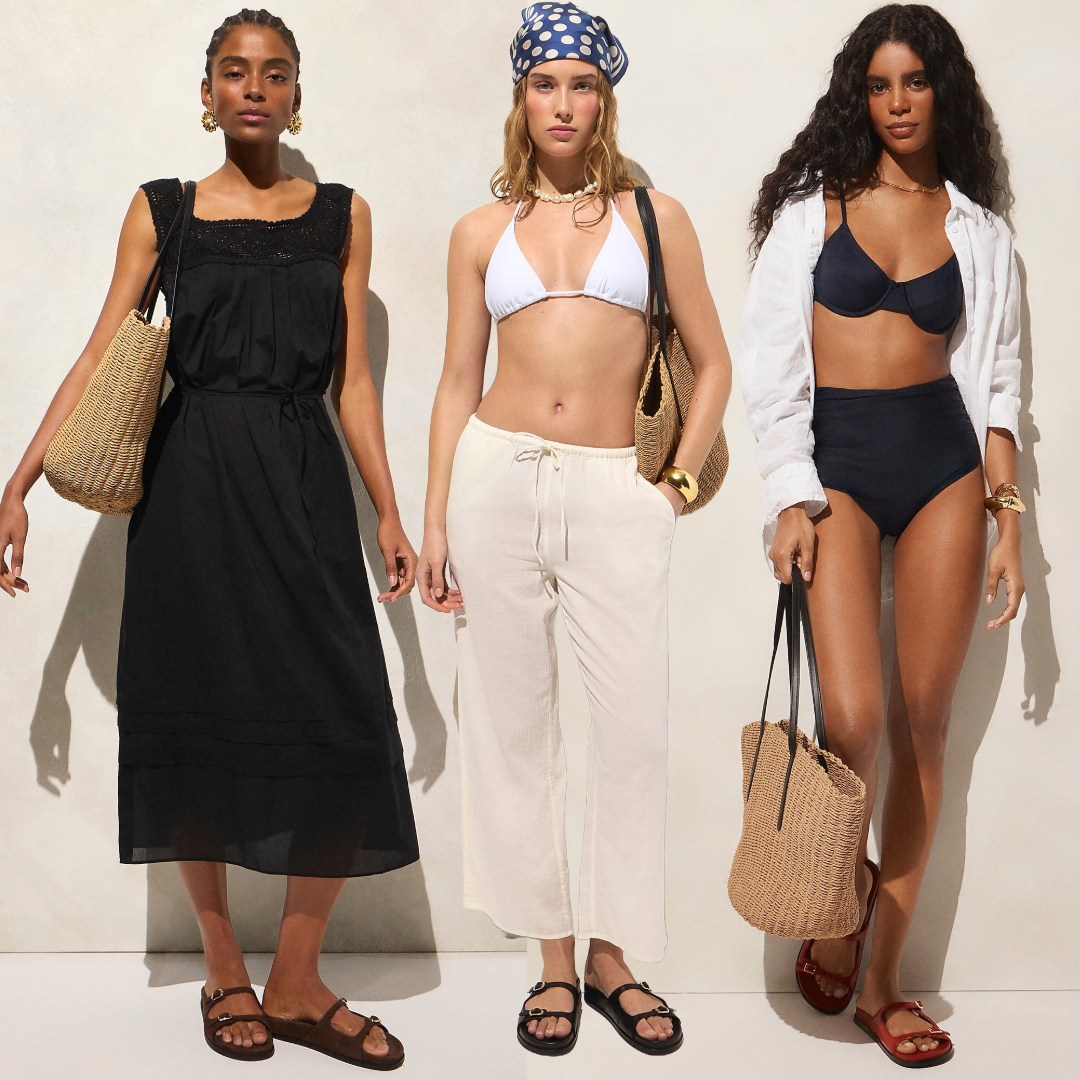 These J.Crew Sale Finds Basically Packed My Suitcase for Me
These J.Crew Sale Finds Basically Packed My Suitcase for MeI'm ready for my next vacation.
By Brooke Knappenberger
-
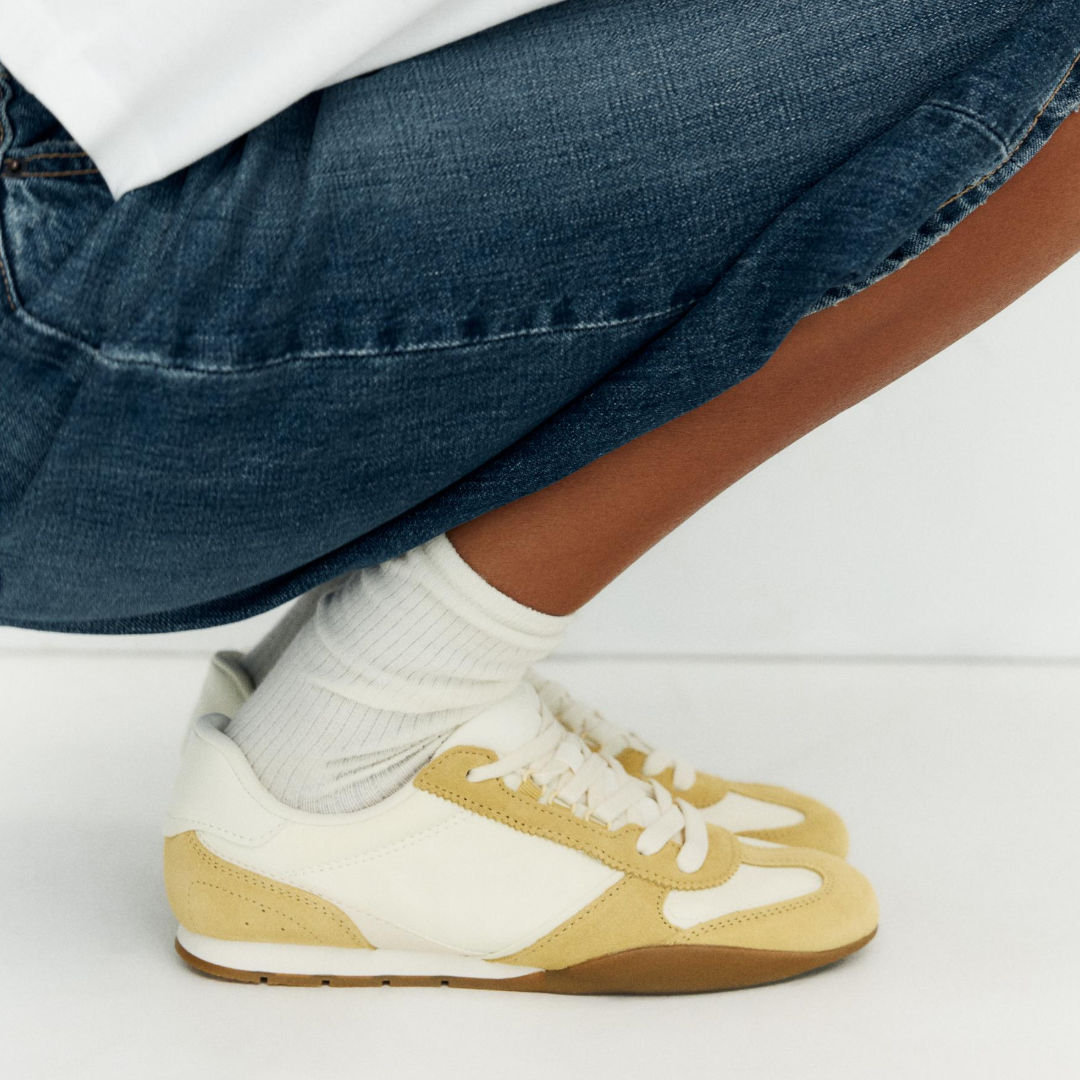 Summer's Sportiest Shoe Trend Is Worth Shopping More Than Once
Summer's Sportiest Shoe Trend Is Worth Shopping More Than Once17 pairs from Nordstrom, Mango, and Zara I'm shopping now.
By Julia Marzovilla